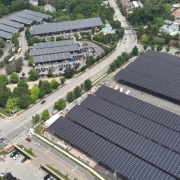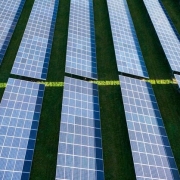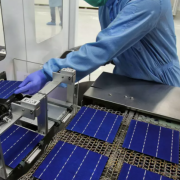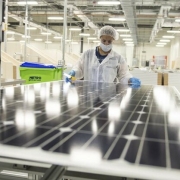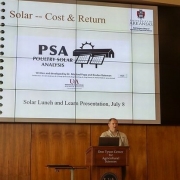Florida renewables company Terrasmart and Ohio-based engineering, procurement and construction (EPC) services business Melink Solar have completed the installation of a 2.8 MW solar carport at Cincinnati Zoo and Botanical Garden.
Melink Solar, Terrasmart, and Cincinnati Zoo said the new development is currently the largest publicly accessible urban solar array in the United States.
The project’s racking system was designed and manufactured by Terrasmart. It comprises nearly 5,000 bifacial modules connected via string inverter technology. Melink Solar came on board to oversee mechanical installation at the site.
Click here to read the full article
Source: PV Magazine
—
If you have any questions or thoughts about the topic, feel free to contact us here or leave a comment below.

